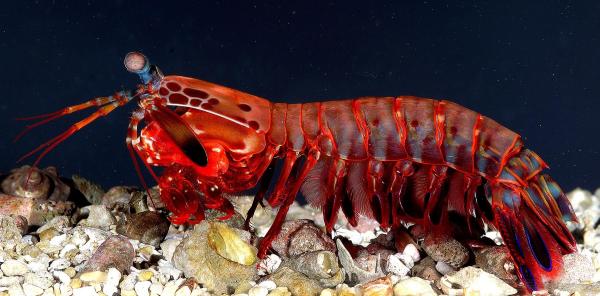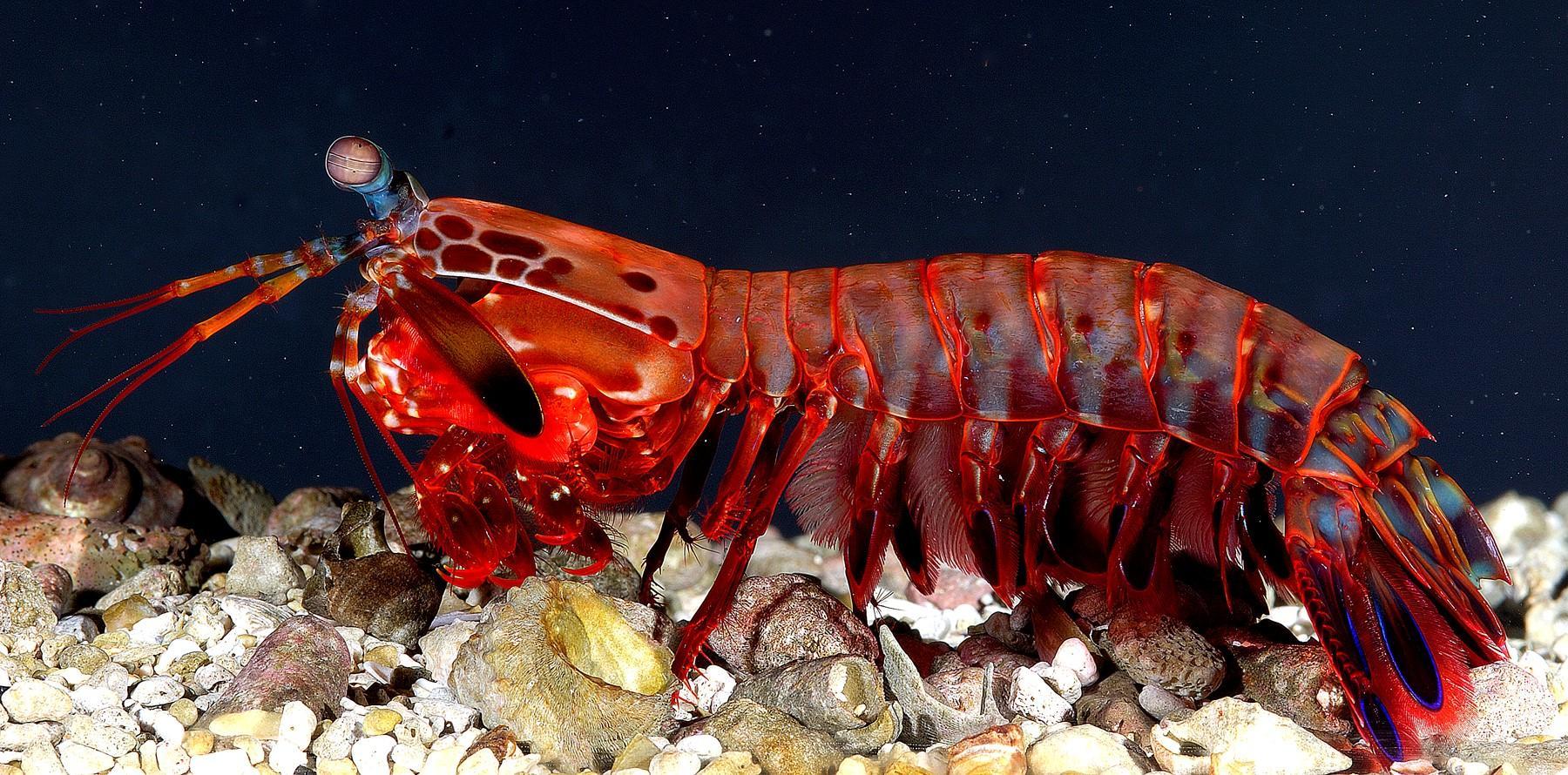How Crustaceans Grow


Have you ever wondered how a crab sheds its tough outer shell? This fascinating process, called molting, is essential for crustaceans like crabs, lobsters, and shrimp. It's essentially a growth strategy where the animal sheds its old, rigid outer covering to make way for a new, larger one.
This AnimalWised article delves deeper into crustacean growth, focusing on the fascinating process of molting.
The exoskeleton of crustaceans
Crustaceans are a diverse group of invertebrates belonging to the phylum Arthropoda. This phylum also includes insects, arachnids (spiders, scorpions), and myriapods (centipedes, millipedes).
Crustaceans are distinguished by their external skeleton, called an exoskeleton or cuticle. This exoskeleton is more than just a rigid shell, it provides crucial support, protection, and even sensory functions for these aquatic arthropods.
Made primarily of chitin, a tough and fibrous material, the exoskeleton offers structural integrity and resilience. Often fortified with calcium carbonate, it acts as a robust barrier against physical injury, predation, and environmental hazards.
This structural support is essential for maintaining body integrity and facilitating movement. Embedded within this armor are fascinating sensory structures like hairs, setae, and specialized organs. These sensory tools allow crustaceans to perceive their surroundings – detecting changes in temperature, pressure, and chemical cues – enabling them to navigate, locate prey, and avoid danger.
While offering many advantages, the exoskeleton presents a challenge for growth, because this calcareous covering doesn't expand. To overcome this limitation, crustaceans undergo a fascinating process called molting, which will be explored in more detail in the following section.
It is important to note that while molting is a defining characteristic of crustaceans, they are not the only animals that undergo this process. In fact, molting is quite common among arthropods. Insects, for example, shed their exoskeletons periodically to accommodate growth and development. Similar to crustaceans, insects go through distinct stages during molting, including a vulnerable period with a soft new exoskeleton.
How do crustaceans grow?
In order to grow, crustaceans must undergo a critical yet delicate process called molting, or ecdysis. This is a complex transformation that requires a significant investment of energy. As a result, molting typically occurs only when the animal is well-nourished and primed for growth.
As mentioned earlier, this rigid structure, while providing crucial protection and support, restricts growth. Molting allows the crustacean to shed this confining shell and create a new, larger one to accommodate its expanding body.
The timing of molting is influenced by a complex interplay of internal (endogenous) and external (exogenous) factors. Recent studies suggest that lunar phases may play a significant role, because it has been shown that molting events can be up to 50% more frequent during the first lunar quarter compared to other phases.
How often do crustaceans molt?
The frequency of molting varies considerably depending on the crustacean's age. Young individuals, actively growing in size, molt more frequently. As adults reach their standard size, molting becomes less frequent. This pattern creates a distinct discontinuity in crustacean development compared to other animal groups where growth tends to be more continuous.
It is also important to note that different crustacean species have varying growth rates and lifespans, impacting their molting schedule. Some species may molt several times a year during their juvenile stage, while others might only molt once every few years as adults.
In some cases, crustaceans may molt to repair damaged portions of their exoskeleton.

What are the stages of molting in crustaceans?
Molting is a complex journey with distinct phases, each playing a vital role in success. Here's a breakdown of these crucial stages:
Pre-molt phase
The pre-molt phase is a preparatory stage where the crustacean's body undergoes important physiological changes. The old exoskeleton loosens its grip as enzymes are secreted to break down the connecting layers. The crustacean might also absorb water to soften the cuticle, further facilitating separation.
Ecdysis or shedding phase
Ecdysis is the dramatic moment of shedding. The crustacean typically initiates this by rupturing a weak point in the old exoskeleton, the cervical groove located near the head.
Through a series of wriggles and pushes, the crustacean breaks free from the old "shell," leaving it behind. Sometimes they are aided by swallowing large amounts of water to increase internal pressure and crack the old exoskeleton. This process can take several hours, leaving the vulnerable crustacean susceptible to predators and environmental threats.
Post-molt or soft-shelled phase
After shedding, the crustacean enters a crucial but vulnerable phase. The new exoskeleton is soft and pliable, lacking the protective qualities of the mature cuticle.
This makes the crustacean highly susceptible to injury and predation. During this time, the crustacean might seek shelter and remain hidden until the new exoskeleton hardens.
Sclerotization Phase
Sclerotization is the process by which the new exoskeleton strengthens and hardens. It involves the deposition of chitin and minerals like calcium carbonate, providing structural integrity and protection. The hardened exoskeleton shows no remnants of the previous molt. This phase can take several hours to days, depending on factors like species size and environmental conditions.
Intermolt phase
Once the new exoskeleton hardens completely, the crustacean enters the intermolt phase. During this phase, the crustacean grows and develops within the confines of its rigid exoskeleton. This is a period of stable body size and behavior, as the crustacean builds energy reserves and prepares for the next molt.
Our next article explores exoskeletons beyond crustaceans to discover a diverse range of creatures who rely on this external armor for protection and support.

If you want to read similar articles to How Crustaceans Grow, we recommend you visit our Facts about the animal kingdom category.
- Drach P. 1939. Mue et cycle d'intermue chez les crustacés décapodes . Annales de l'Institut Oceanographique 19: 103- 391.
- Drach P. 1944. Étude préliminaire sur le cycle d'intermue et son conditionnement hormonal chez Leander serratus (Pennant) . Bulletin Biologique de la France et de la Belgique 78: 40-62
- Journal of Marine Biology and Oceanography 44(1): 217-225, April 2009. Available at: http://www.inapiproyecta.cl/605/articles-1665_recurso_1.pdf







